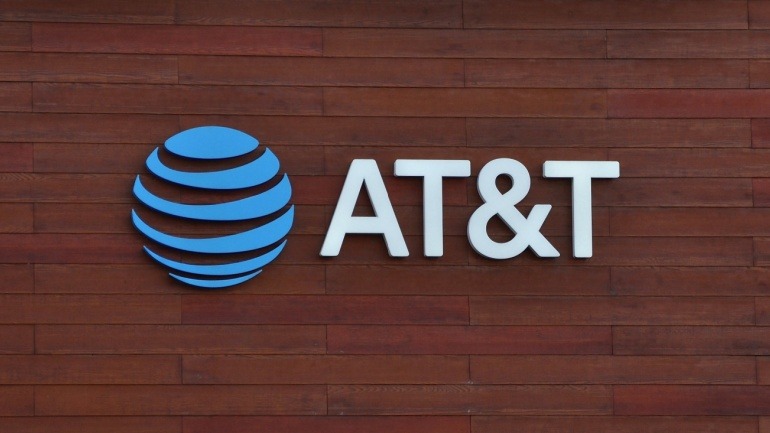In a drive to lower energy consumption and meet 2031 climate goals, BT, a major telecommunications player, is the latest to pursue liquid cooling techniques. These experiments, held in collaboration with a number of vendor partners, focus on improving the energy efficiency of network switches.
The company is particularly keen on a trial with Iceotope, a cooling specialist, involving a precision liquid cooling solution connected with Juniper Networks’ QFX series switches. Though not yet kicked off, a replicate test using an HP x86 server took place at BT’s Sustainability Festival, shedding light on the potential power savings in a data center environment.
As BT points out, the implementation of liquid cooling can decrease power usage by a significant 40%-50% when compared to air cooling systems, making this line of exploration highly promising. Among the planned experiments, BT has hinted at precision liquid cooling for networking servers and data centers with Iceotope and Juniper, networking servers’ full immersion in tanks with Immersion4, Nexalus’ liquid-cooled cold plates enclosed within a cooling unit and, lastly, partnering with Airsys to explore sprayed-on partial immersion for data center equipment.
The trial with Iceotope and Juniper is dominating the spotlight due to its potential industry-first status, according to BT. The approach to precision liquid cooling of network switches is a new and intriguing proposition. Maria Cuevas, Networks Research Director at BT Group, explained the need for this green initiative. “Over 90% of our overall energy consumption – and nearly 95% of our electricity – comes from our networks,” she stated. “In a world of advancing technology and growing data demands, it’s critical that we continue to innovate for energy efficiency solutions.”
BT’s latest annual report acknowledged its ongoing efforts to minimize energy usage, emphasising the need to refine cooling systems to save energy and prevent network equipment from overheating. Naturally, reducing energy consumption means emitting fewer pollutants, aligning with BT’s goal to achieve net-zero emissions by 2031.
But, the pressure to reduce energy consumption also stems from financial reasons. After all, exorbitant energy prices have been a focal point over the past year, and high-energy businesses like telecom operators feel a great need to curtail escalating costs. Therefore, addressing the energy consumption issue, particularly through network power reduction via effective cooling solutions, takes on immense importance. As many have learned, every strategy counts when working toward a more sustainable, cost-effective operation.







